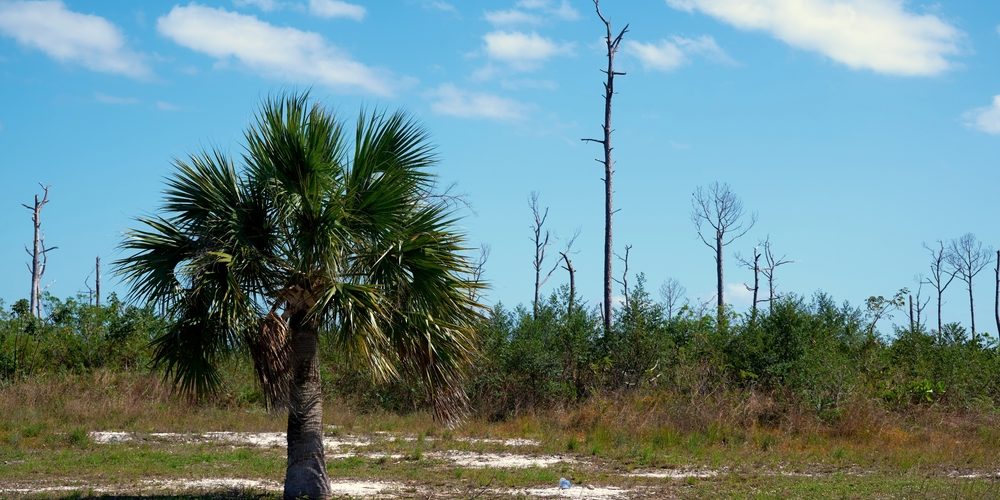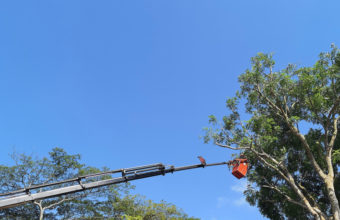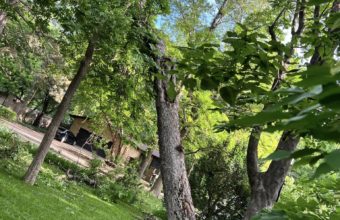Shortening a tree without causing harm to it requires careful and selective pruning techniques. When done correctly, you can reduce the height or size of a tree while maintaining its health and structural integrity.
Here are the steps to shorten a tree without killing it…
- Assess the Tree – Begin by evaluating the tree’s overall health, structure, and specific reasons for shortening. Identify which branches need to be pruned to achieve the desired results.
- Gather the Right Tools – Use the appropriate pruning tools, such as hand pruners, loppers, pruning saws, and pole pruners, depending on the size and location of the branches to be pruned. Ensure that your tools are clean and sharp to make clean cuts.
- Plan and Mark Branches – Identify the branches that need to be shortened, and mark them with pruning paint or tape to ensure you trim the correct ones.
- Follow Proper Pruning Techniques – Make pruning cuts just outside the branch collar, which is the swollen area where a branch attaches to the main trunk. Avoid cutting into the branch collar, as this can slow healing. Use the three-cut method for larger branches to prevent tearing and damage. First, make an undercut about one foot away from the main trunk, then make a top cut slightly farther out. Finally, remove the remaining stub by cutting just outside the branch collar. For smaller branches, make clean cuts just outside the branch bark ridge, leaving no stub.
- Prune Conservatively – Avoid removing more than 25% of the tree’s canopy in a single pruning session to minimize stress on the tree. If you need to reduce the tree’s size significantly, consider spreading the pruning over several years.
- Monitor and Maintain – Regularly monitor the tree’s progress and growth after pruning. Remove any dead or diseased branches promptly. Provide proper care to the tree, including adequate watering, mulching, and soil maintenance, to support its recovery and continued health.
- Consult a Professional – When in doubt or if the tree is large or complex, consider consulting a certified arborist or tree care professional. They can assess the tree’s needs and provide guidance on the best pruning techniques to achieve your goals while ensuring the tree’s well-being.
Shortening a tree through responsible pruning practices can help you achieve your objectives without harming the tree. The key is to use proper techniques, avoid over pruning, and prioritize the tree’s long-term health and safety.






